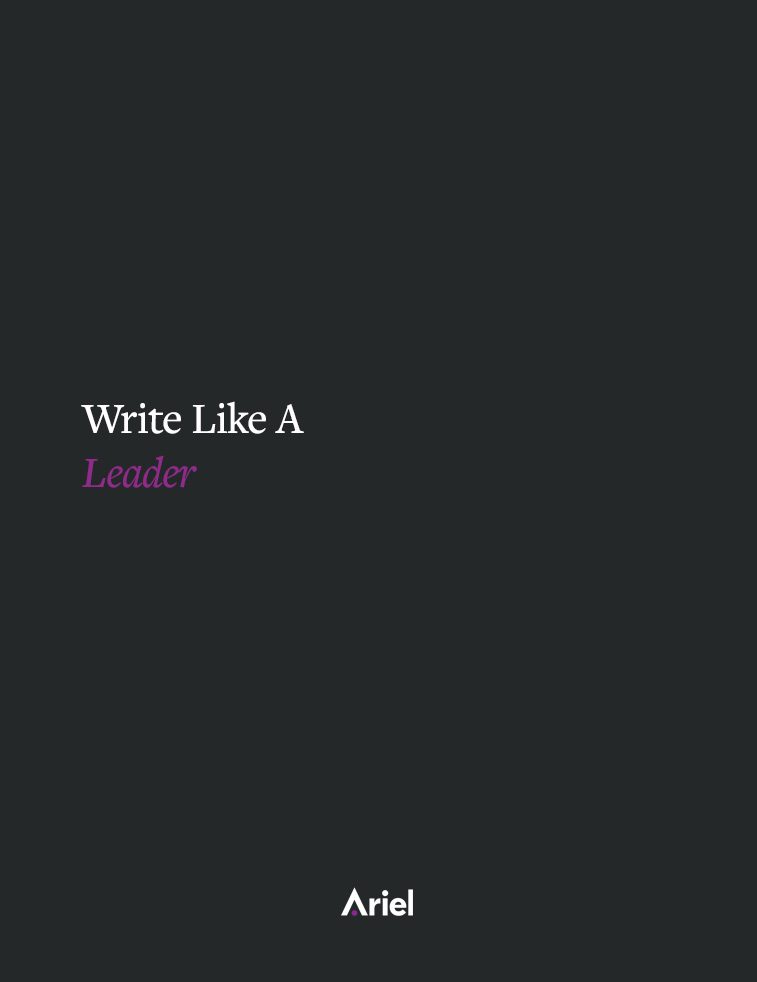3 Smart E-mail Strategies to Keep Customers Happy

Are you focusing on what you have to say or on what your client wants to know?
You strategize about the best way to call or meet clients. But clients can be elusive. They’re busy. They’re far away. They’re out of the office. Yes, indefinitely.
Thank goodness for e-mail—it gives you the option to reach your clients on their time. No surprise it’s a vital tool for a pitch, a reply, or an appeal to clients or prospects. But do your e-mails show your clients that you value them?
Error-free e-mails: essential but not enough
The e-mail began by exclaiming “Your in luck!” Oh good! But still, I didn’t bother to read the rest of the message. It’s hard enough to get clients to tune in to our marketing missives—we all know not to risk turning them off with spelling and grammar mistakes.
But that’s only the beginning. Here are three tips that could help you improve or expand your client relationships.
Strategy #1: Match your style to your reader’s
Do you know your client or want your client to feel like you do? Then write as you would speak to that particular reader or group of readers. Imagining how you would say it in person will help your tone be friendly and conversational, while remaining polite and professional.
For example, you probably wouldn’t say “Per your request, attached please find our team member bios.” Thinking about how you’d phrase that sentence aloud, you might write “Here are the team member bios you requested.”
You may need to be more formal with some clients, whether for cultural, corporate, or other reasons. With these readers, you can be polite but less personal: “Thank you for your interest in Continental Computer” would be more appropriate than “Hi there! Thanks for your note!”
But be careful about being overly formal—you might come across as aloof or distant. Most people do not want to hear “With regard to our previous discussion, attached are the biographies of the team members with whom you will be working.” A little chilly.
Strategy #2: Make it personal
We don’t suggest starting with “Hey, how you doin’?” But nobody likes an e-mail in which it’s clear the only customized line is “Dear [insert name here].” So personalize your messages to make each reader feel special. Did a client just return from a vacation? A quick line about her travels shows you are paying attention. Even if you send the same e-mails regularly, try to mix in details that add a personal touch.
Unhappy client? Can the canned reply. You risk sounding as if you don’t care. Your clients will respond more favorably when you genuinely acknowledge their concerns. If you write “We are in receipt of your e-mail from April 10 expressing a concern about our program. Customer complaints will be taken seriously,” your client might be thinking, Really? Somehow it doesn’t feel that way.
Strategy #3: Be the client
We all know what it’s like to be a client—adopt that mindset to help yourself think like your clients. Are you focusing on what you have to say or on what your client wants to know? If a client asks how a certain feature works on your platform, you may be tempted to share all the platform’s nifty bells and whistles. (How can you not? They’re so cool!)
But what if you were the client? You’d want a clear and concise answer on the feature you asked about and how it might help you. Replying to your clients this way shows you’re focused on them, not just on your value proposition.
Reader-centered e-mails will build and broaden rapport, so keep these strategies in mind. They’ll help you keep your clients—and keep them happy!
